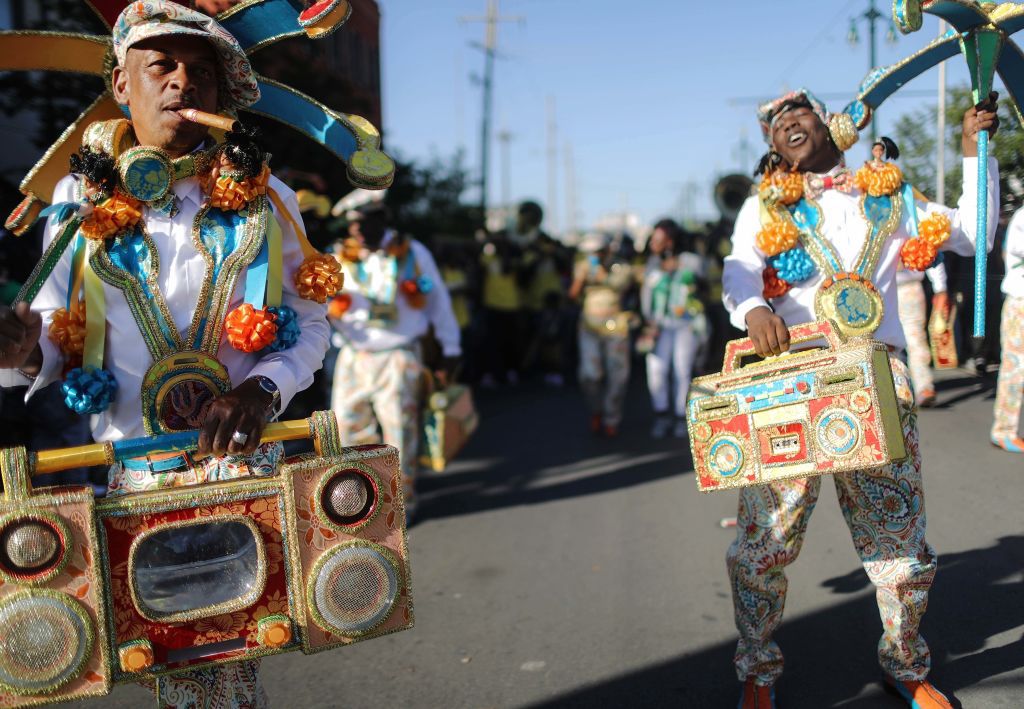Did you know that New Orleans’ Tremé neighborhood is one of the oldest Black communities in America?
Just north of the French Quarter, Tremé was originally a plantation in the late 1700s owned by Claude Tremé. In 1810, he sold the land to the city of New Orleans, which then became home to many free people of color. This historic community is where many slaves who obtained, bought, or bargained for their freedom were able to own property.
In the 1800s, city officials allowed free people and Black slaves to congregate, play music, and sell goods in Tremé, which later became a spot widely known as Congo Square, as Curbed New Orleans explains.
Tremé is also home to one of the oldest African-American Catholic parishes.
St. Augustine Church is located on the corner of Governor Nicholls and Henriette Delille streets and was created by free Blacks in 1841.
Resting next to one of the walls of the St. Augustine Church sits a metal cross made of thick chains, and smaller crosses are planted on the ground. This is known as the Tomb of the Unknown Slave – a landmark that commemorates the lives of slaves of African descent who died in New Orleans and were buried in unmarked graves.
Where Does Tremé Stand Today?
Like many Black neighborhoods around the country, Tremé was ruined by the highway building boom in the 1950s and 1960s. This was a time when city officials ruined neighborhoods they considered to be “slum areas” to make space for highways.
With the federal government backing a majority of these projects at the time, these “urban renewal” projects displaced more than 1 million Americans, many of whom were reportedly low-income minorities, including in New Orleans.
When Interstate 10 was built in New Orleans, the elevated expressway project wiped off many businesses in the Tremé neighborhood. Despite that, Tremé is still one of the most vibrant neighborhoods in the city that holds some of the best Creole architecture in the city.
There are two cultural museums, the Backstreet Cultural Museum, which guides guests on a journey of Black contributions made to the City of New Orleans, as well as the Tremé’s Petit Jazz Museum.
Tremé was also one of the first 26 sites designated on the state’s Louisiana African American Heritage Trail.
